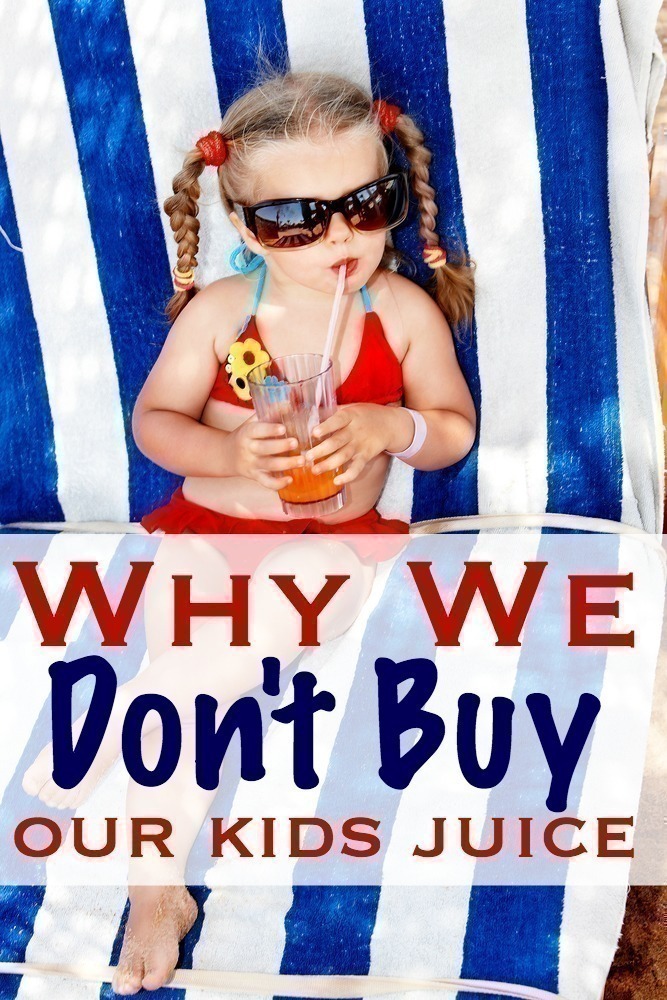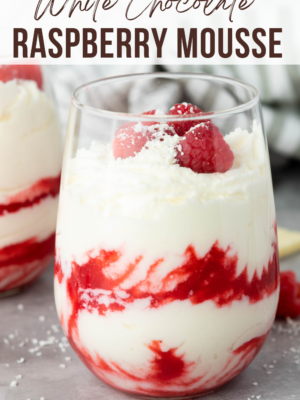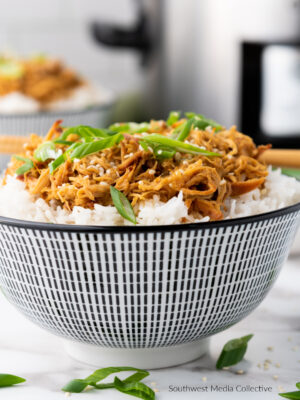
Summer is right around the corner, and the likelihood that your kids will guzzle down juice this summer is pretty probable. Juice is a hot seller in grocery stores – from Capri Sun to Kool Aid Jammers.
Juice is everywhere.
And so is the idea that children should be drinking juice regularly – kids go out to eat and juice boxes are on the menu, or available to purchase. When you go to family picnics, juice is always popular for the kids and kept in the cooler with plenty of ice. Grandma always has juice in her pantry and the first place the kids go when they visit is straight for the pantry.
Society has the idea that fruit juice is the best way, and most convenient way to get healthy vitamins and minerals ALL while hydrating them.
But that couldn’t be farther from the truth. Just like soda, fruit juice is a pretty unhealthy option for kids. We don’t buy our kids juice – and usually when you tell people that they come back quickly to comment “well aren’t you the perfect parent” — no, it’s not like that at all. We ultimately put a lot of emphasis on eating better. We can’t do that everywhere (ie. Grandma’s house is a great example) – but at ours, we CAN and we do.
It requires no extra effort. Our kids don’t scream and cry at home because we have no juice boxes – they don’t ask for what we don’t have. I just find that when and if they go to Grandmas, those juice boxes are always handed to them as a healthy option when they are far from being anything close to “healthy” – if anything, they are convenient and that’s why they sell: parents/grandparents love convenience, and adults have been tricked into believing that these items are healthy and normal for kids in general.
Here are some of the reasons to avoid juice with your kids:
#1 – Empty Calories
Fruit juices are high in sugar, but are filled with empty calories. They cause children to consume calories without any actual nourishment – not to mention that most if not all fruit juices are pasteurized. Just like your grocery store processed and pasteurized milk, fruit juice is heated to a high temperature to kill all the bad bacteria. The problem is that it also kills the GOOD bacteria needed for nutritional value.
Sure, the manufacturer adds back vitamins that were taken out from pasteurization, but synthetic vitamins are not nearly as effective as eating whole foods and drinking whole drinks that contain them in the first place.
#2 – Contains High Fructose Corn Syrup
Unless you are buying 100% fruit juice, your children’s juice more than likely contains high fructose corn syrup, sometimes artificial sweetener and artificial colors and even flavors.
#3 – Extremely High in Sugar
Most of the juice you buy in store is loaded to the max with sugar. Even those “no sugar added options” still contain sugar .. it’s just fake sugar, which is even worse.
The sugar in juice gives your kids a burst of quick energy (from a spike in blood sugar!) but then that quickly chances once the sugar is stored, causing your sugar levels to drop (and then the crankiness starts!)
Obviously, a piece of fruit has sugar too – and many might say “well Fruit also has sugar – same thing” — not so much! The primary sugar in fruit is fructose (fruit sugar) – fiber, water and nutrients like phenols, and antioxidants. They are an optimum choice, and are different from added sugars in juice. Not to mention the fiber in fruit slows down the absorption of sugar – so they won’t get that sugar high & crash like they do with juice.
…..Added sugar lacks the qualities of fruits provided by phenols, fiber, vitamins and minerals.
When it comes to reducing sugar intake, your goal should be to limit foods that have corn sweetener, corn syrup, honey, dextrose, molasses, malt syrup, glucose, fructose, lactose and maltose listed as ingredients.” (Src)
And think Orange Juice is a great option? Think again:
- Fruit juice is high in sugar, but low in fiber, which is “juiced out” during production. A cup of orange juice has a similar amount of sugar as a Coke – 6 teaspoons worth.
Considering that’s the daily maximum for women in just one cup, it’s safe to say it’s not and shouldn’t be an option:
- According to the American Heart Association (AHA), the maximum amount of added sugars you should eat in a day are (7): Men: 150 calories per day (37.5 grams or 9 teaspoons). Women: 100 calories per day (25 grams or 6 teaspoons). (Src)
The fiber, phenols and antioxidants make REAL fruit a better option than juice.
Whew – with that said, those are all viable reasons that you won’t find juice in our fridge……or in our pantry. That’s not to say my kids don’t drink it at all – unfortunately we can’t control what they drink at Grandma’s house, or their Aunt’s house.
What do my kids drink if not juice?
Believe it or not, there are PLENTY of other things out there that are better and healthier. Avoid buying juice and they won’t be tempted to drink it at home – it really is very simple.
1. Water – HOW boring – right? Water is what they take for school to drink with their lunch and snack. And because we have always been heavy on water, they really don’t complain when I tell them “drink water.” Sometimes, when they are home, they’ll add a little Lemon or Lime Essential Oil to their water – and it’s fairly common to see my kids, even my 2 year old, grab a ball canning jar as a glass because you can’t add essential oils to plastic.
2. Kefir – We have usually bought Kefir but lately we started making it at home and it’s so terribly easy. Kefir is cultured dairy that has a ton of probiotics. .. we make our Kefir with Raw Milk.
3. Raw Milk – this is probably one of their top picks. Even if your child is allergic to dairy, it’s likely that they are only allergic to what has been done to your processed dairy. Most children are NOT allergic to raw milk even if they have a dairy allergy. Raw Milk is entirely different than the processed milk in stores. Soy and Almond are not options here in our home and not something we would purchase – they are sorely deficient in nutrients and not a viable replacement for regular Raw Milk.
4. Kombucha – My husband drinks Kombucha daily but my boys enjoy drinking Kombucha more than their Dad. It’s a fermented drink that populates the gut. You can buy it in store (Costco) or make your own. It’s not something my girls like … so it might depend on your child.
5. Smoothies – are such a great option for kids too, especially in the morning at breakfast. But not ALL smoothies are good! The healthy smoothie will avoid all those added sugars, non-organic peanut butters, protein powders, syrup, and even ice cream & processed (grocery store) milk. The best base for smoothies includes Raw Milk, Kefir, and fermented beverages like Kombucha, Combine Raw Milk or Kefir with fresh or frozen fruit, homemade yogurt from Raw Milk and raw honey/chia seeds. Have a juicer? You can also juice for your kids, too.
While it might be reasonable to avoid buying sugar laden drinks for your own house, it really is hard to control what they will be faced with at other houses – their friends, grandparents or even family, who might not share the same thoughts as you on sugar.
One of the best things you can do is educate your children on why you have opted not to buy what mainstream shoppers purchase – you’ll find that kids are fairly resilient, and what might be difficult for them to adjust to at first will get easier over time.



